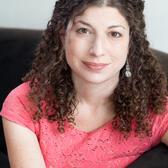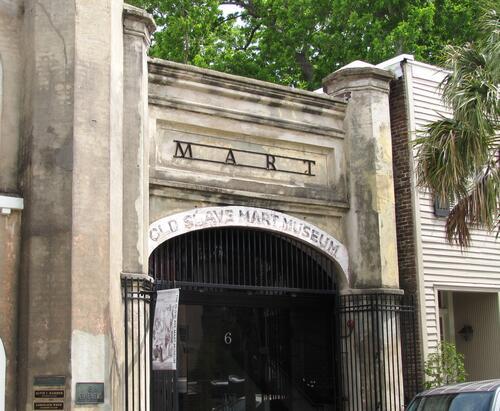Passover in Charleston
I went to Charleston, South Carolina during the week of Passover to escape the fact that this year my holiday didn’t really feel like a holiday. My three kids were with their father for the week, according to the custody schedule. My parents and siblings were in Israel, and I’d decided not to join them there.
My boyfriend and I had picked Charleston because it was a city I’d never been to and as a Southerner myself, I’d always wanted to visit. But until now, it had never made it to the top of the list – and indeed, my own sense of myself as a Southerner was fading. The longer I lived away – in New York and now in Boston - the less present that personal and family history felt, more a piece of where I come from, but less and less who I am.
Walking through the streets of downtown Charleston, I was immediately taken in by the charm of the waterfront and the historic houses with their faux front doors, their grand porches situated along the sides of the house, just visible from the street. In this city, the past feels immediately present.
Intertwined though with the beauty of this city – situated right next to these majestic houses where tours are offered and on the routes of the endless horse and carriage rides – is Ryan’s Mart. Now known as the Old Slave Mart Museum, this site once housed an antebellum slave house and auction site which was established in 1856 after a ban on public slave auctions; the buying and selling of people wasn’t abolished but moved inside, away from public view. Now, in this small but immensely powerful museum, nothing is hidden out of sight. The story of how slaves were housed and prepared for sale, how they were inspected and sold, is explicit, inescapable.
A twenty-minute drive from downtown is Boone Hall, whose entrance is lined by rows of evenly spaced live oaks that were planted in 1743. Now these trees, laced with Spanish moss, meet overhead forming a grand canopy. Here too there is a tour of a beautiful house and grounds that are popular sites for weddings and events. But a few yards from the house is by far the most interesting part of the place – eight original slave cabins, which showcase slave narratives, documents and photographs. I stood in these small rooms, mesmerized. Before me were remarkable artifacts: Broken pieces of of dishes used in these cabins, most unwanted items from the master’s house. Worn documents listing actual names and sale prices. A will in which a few dozen slaves were bequeathed to children, one lone slave set free.
During the Passover holiday, from which I was feeling so far away, the word “slave” is recited multiple times. We try to bring that term to life. We apply the ancient story of slavery to modern day suffering; we try to see ourselves as though we too went out of Egypt so that history feels alive and pressing.
There are times when this is hard to do, times when we feel far away from our past, from ourselves. I’d come here intending to ride out my feeling of distance from this holiday. But standing in Ryan’s Mart and in these eight small cabins, slavery no longer felt like an abstract concept. Here, before me, a feeling of history came alive. Here in Charleston, an unexpectedly moving and visceral Passover.








